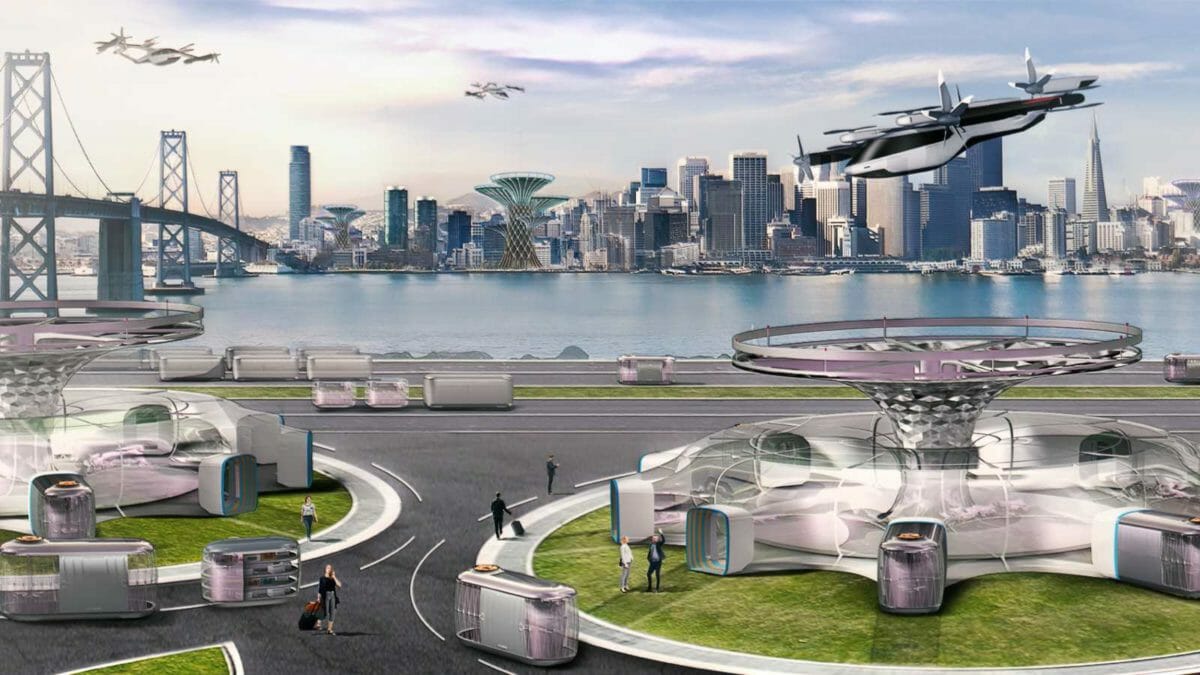At CES 2020, Hyundai will take the stage to present its vision for mobility and cities of the future. Hyundai will unveil its first concept Personal Air Vehicle (PAV) as part of the Urban Air Mobility(UAM) landscape. The use of airspace is expected to alleviate road congestion and give back quality time to city commuters. Hyundai’s vision continues with its Purpose Built Vehicle (PBV). This highly customizable concept with the autonomous driving feature allows for limitless possibilities to turn the vehicle to be more than just a means of transportation.
These two smart mobility means will come together at the Hub, which will be located throughout cities in the future and used as community spaces. Hyundai Motor’s innovative smart mobility solutions, including the PAV, PBV, and the Hub, will be showcased at Hyundai’s CES press event to be held at 3 p.m. on January 6 at Mandalay Bay. Earlier, the Hyundai Motor Group had announced that the path it will follow for future mobility will be shaped by a human-centred philosophy.
The Group, which includes Hyundai and Kia, believes that technology and innovation should be directed towards serving the needs of people. So this year’s theme, human-centred mobility, was chosen to highlight the importance of designing new mobility concepts that support the flourishing of people and their communities. To this end, Hyundai Motor Group has set up the Human-Centered City Advisory Group that comprises of experts from various fields such as engineering, urban planning, and psychology.
Also Read: Hyundai Unveils The New Vision T Plug-in Hybrid Concept
With input from the advisory group, Hyundai Motor Group has been developing a blueprint for future cities since early this year with the aim of publishing the research results by 2020. Hyundai Motor Group has also been conducting the 2050 Future City Project to make predictions on future cities in different regions to serve as a guideline for future smart city development.


